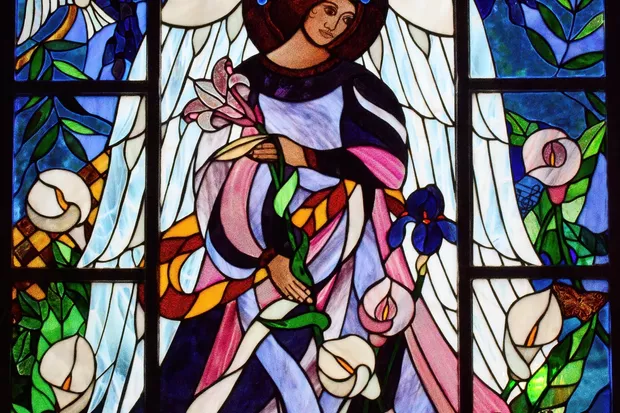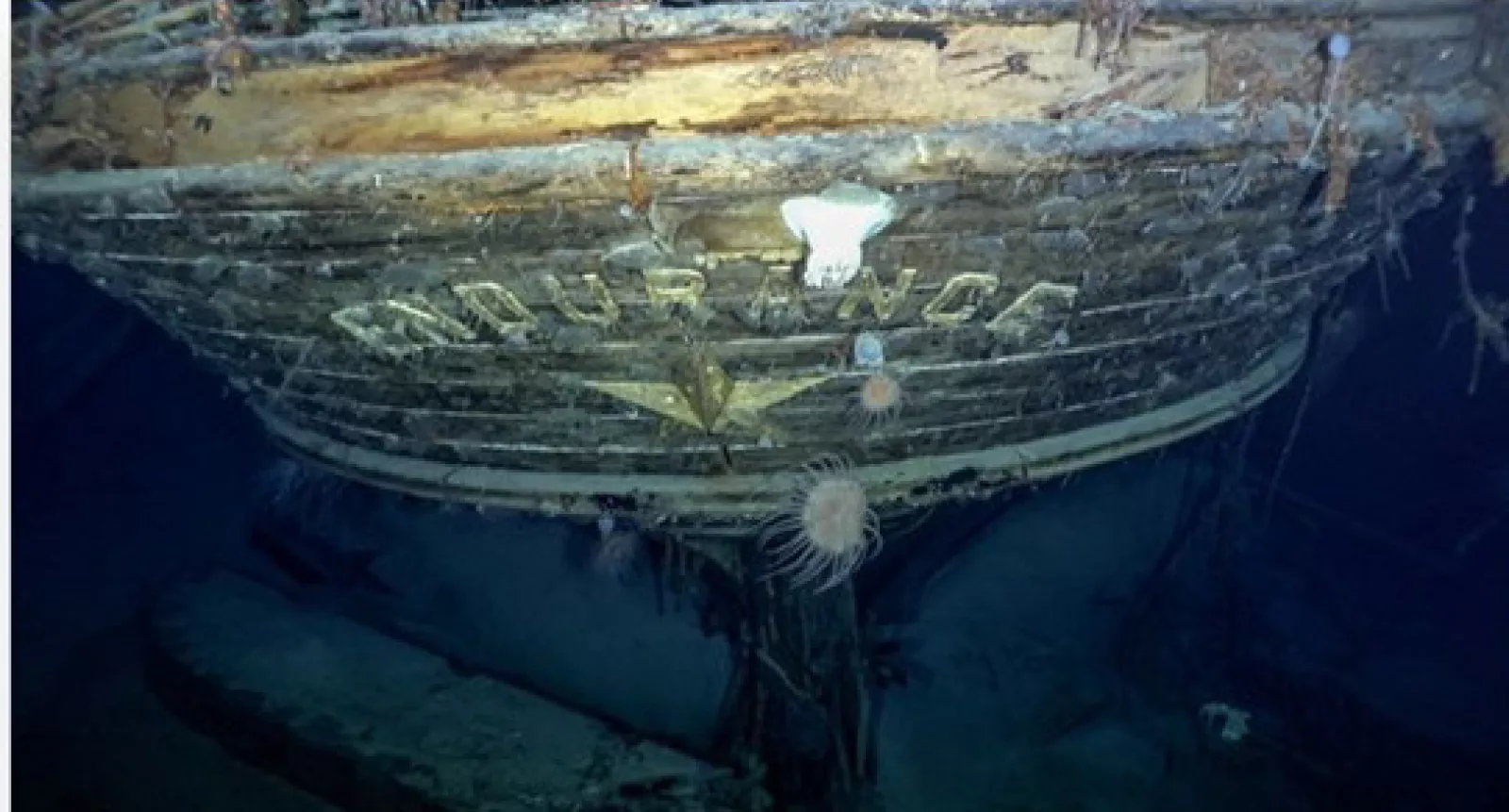From the Junior School head's desk: 25 March 2022
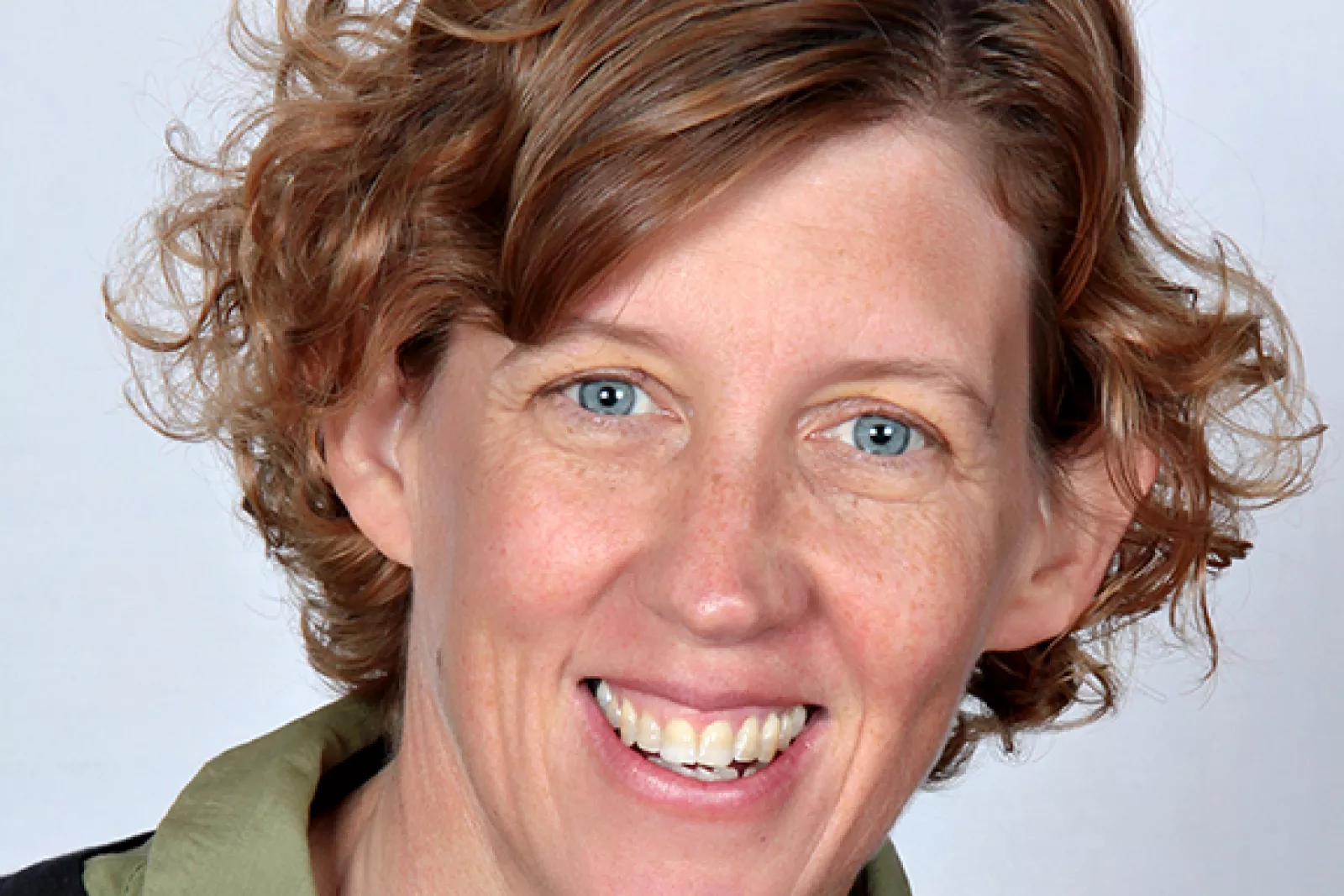
March is a momentous month in South African history. Earlier this week, on Monday, we marked Human Rights’ Day – a public holiday that is both a celebration of the rights of all citizens and a solemn remembrance of the suffering and sacrifice endured in Sharpeville in 1960.
While most of us recall the anti-pass campaign, begun on 21 March 1960, by the Pan Africanist Congress (PAC) under the leadership of Robert Sobukwe, few even “politically literate South Africans” (in American journalist Joseph Lelyveld’s description) remember another procession, nine days later, on 30 March 1960, involving around 30 000 mostly male migrant labourers in Cape Town.
Philip Kgosana, “new to politics, slightly built and twenty-three years old,” led a peaceful protest, one of the largest anti-apartheid demonstrations of its kind in Cape Town, from Langa into the heart of Cape Town. The march, “generally acknowledged to have represented a turning point, the moment at which black leaders were finally forced to see the inadequacy of nonviolent tactics in the South African context” culminated in the arrest of Kgosana, the proclamation of the state of emergency, and the banning of the PAC and ANC through the passing of the Unlawful Organizations Act.
Kgosana, who was an onlooker in 1956 when 20 000 women marched on the prime minister’s office to present petitions protesting the extension of the pass laws to women, “wielded an authority that seemed absolute over thousands who might have been expected to dismiss him as a boy”. His story is one of leadership, comradeship, and discipline; as a long-time advocate for girls’ schools, I cannot help but wonder if his spectatorship at the women’s march proved instructive for his own protest action later.
Without wanting to force an unlikely comparison, I found myself thinking of Kgosana this week as the girls and I discussed Ernest Shackleton’s expedition to the Antarctic in 1914. Shackleton’s story of leadership, comradeship, and discipline – and, similarly, no lives lost under extreme conditions – resonates, strangely, with Kgosana’s remarkable achievement.
In what has been billed as “the history event of the year” – momentous March again – the Finnish-built SA Agulhas II, on its second 35-day mission to find Shackleton’s celebrated wreck, discovered the Endurance at 3,008 metres deep, 107 years after the ship sank. (Incidentally, our very own Mrs Jennett spent six weeks as a ship-based scientist aboard the SA Agulhas in her honours year in 1989 investigating the feeding habits of herbivorous zooplankton off the Prince Edward and Marion Islands.) The vessel, chartered by the Falklands Maritime Heritage Trust, navigated the icy waters of the Weddell Sea in the capable hands of Captain Knowledge Bengu, and made use of a Saab Sabertooth, an extraordinary, untethered underwater vehicle, to survey the hauntingly well-preserved wreck. The Sabertooth will produce a 3D model and high-resolution photographs recording the wreck’s equipment, fittings and contents at a level of accuracy comparable to that of an archaeological survey on land.
We have so many stories to tell our children. Looking deeper into what we know – what we thought we knew – gives us the opportunity to make surprising, life-affirming connections between distant worlds and diverse people. As I have said before, and will keep on saying, it’s a reminder of the importance of history, and the importance of stories, not only for what they tell us about the world, but for what they tell us about ourselves as well. It’s a reminder to us of how to endure, and how to hope – in the words of Nobel prize winning novelist, Kazuo Ishiguro “We may even find a new idea, a great humane vision, around which to rally.” (My Twentieth Century Evening – and Other Small Breakthroughs, Nobel Lecture, 1 March 2020.)
SARAH WARNER
JUNIOR SCHOOL HEADMISTRESS
Related News
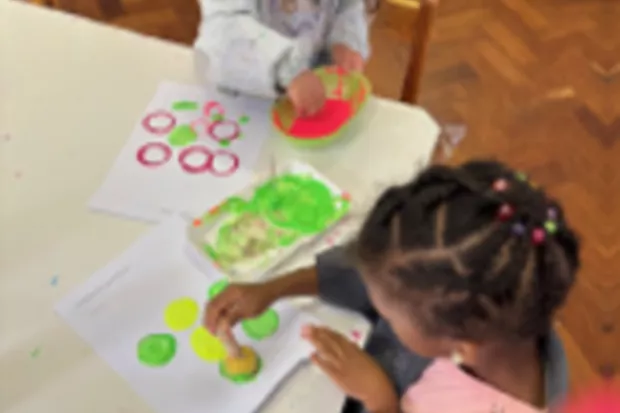
Little Saints News
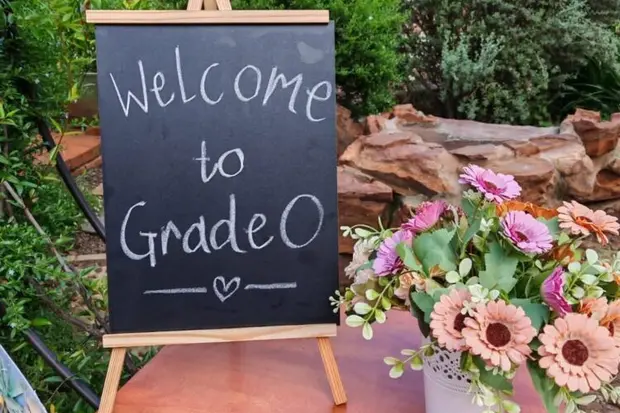
Grade 0 News
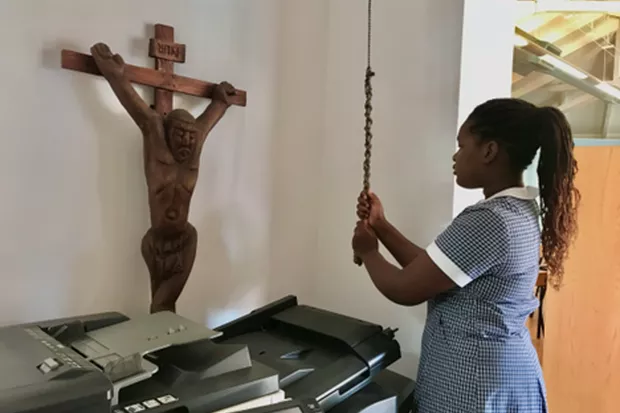
Grade 7 News
